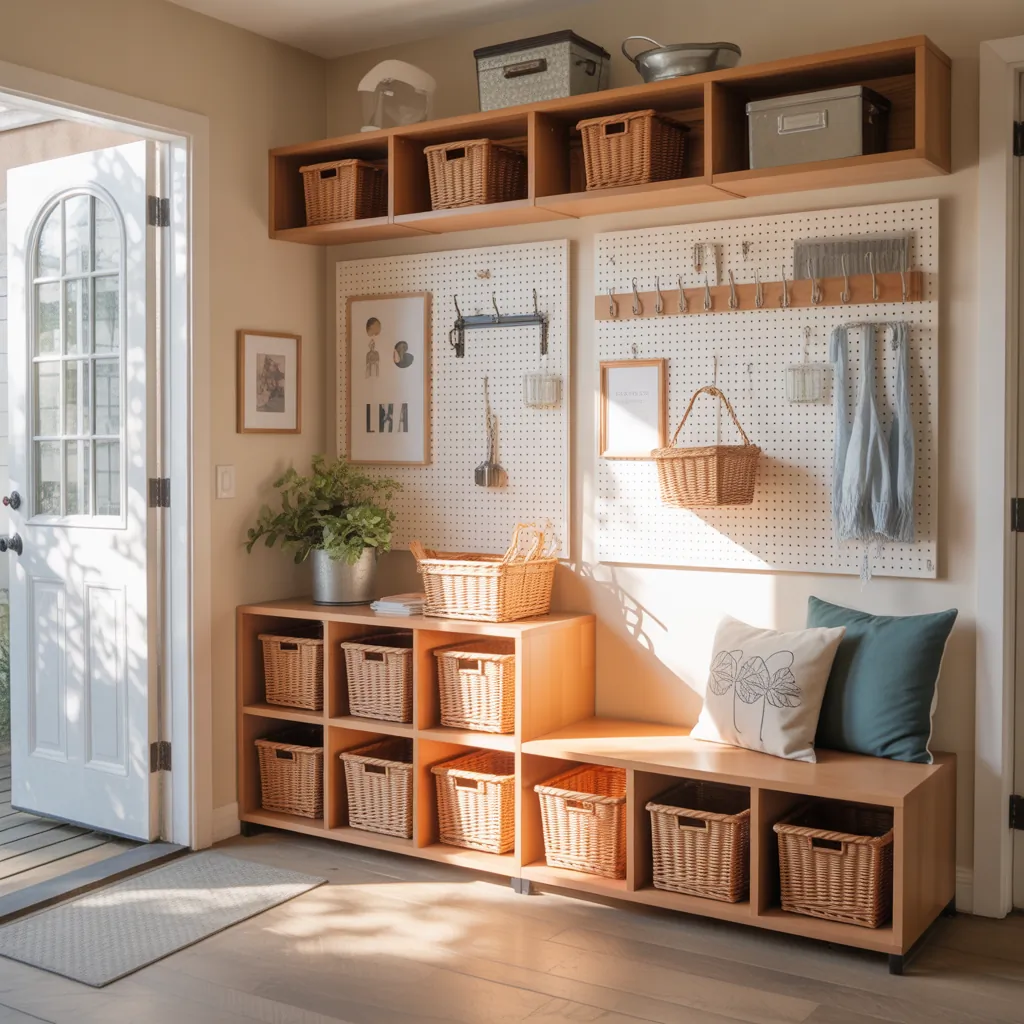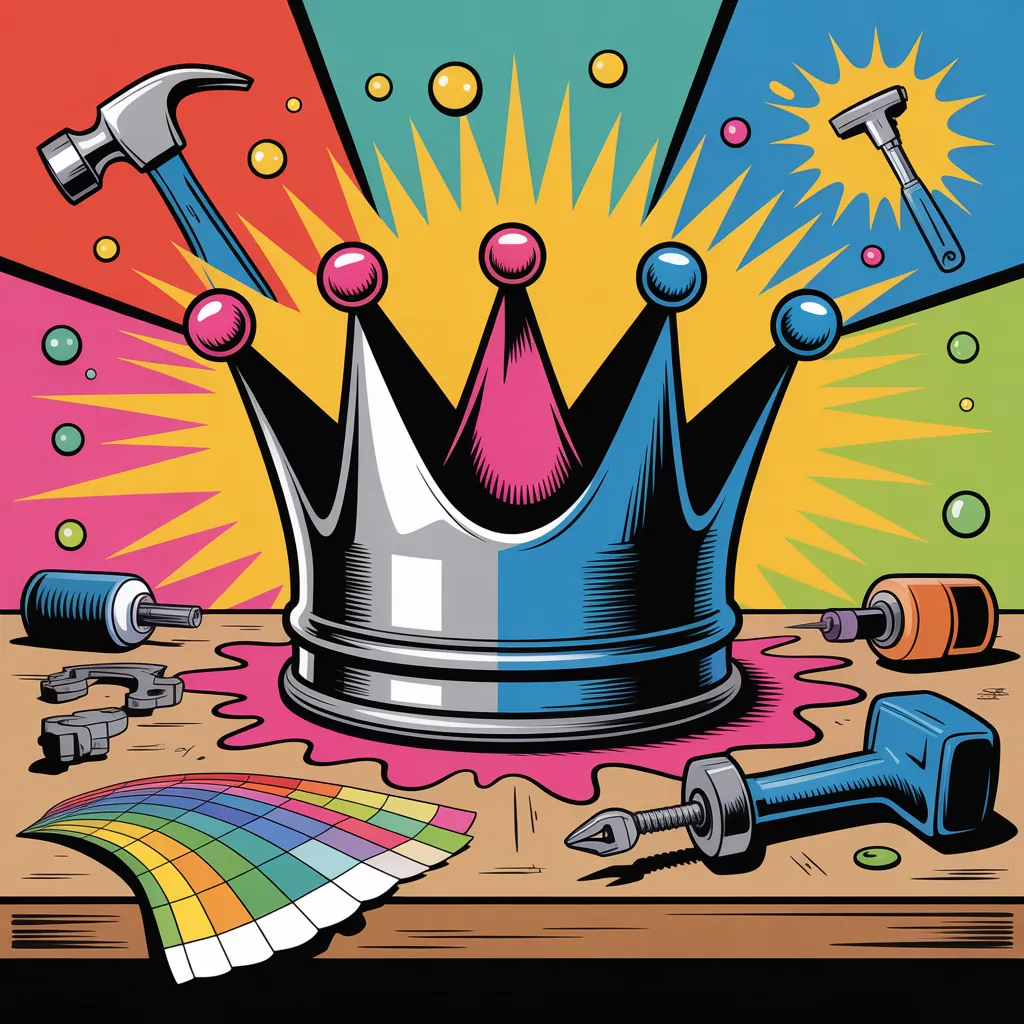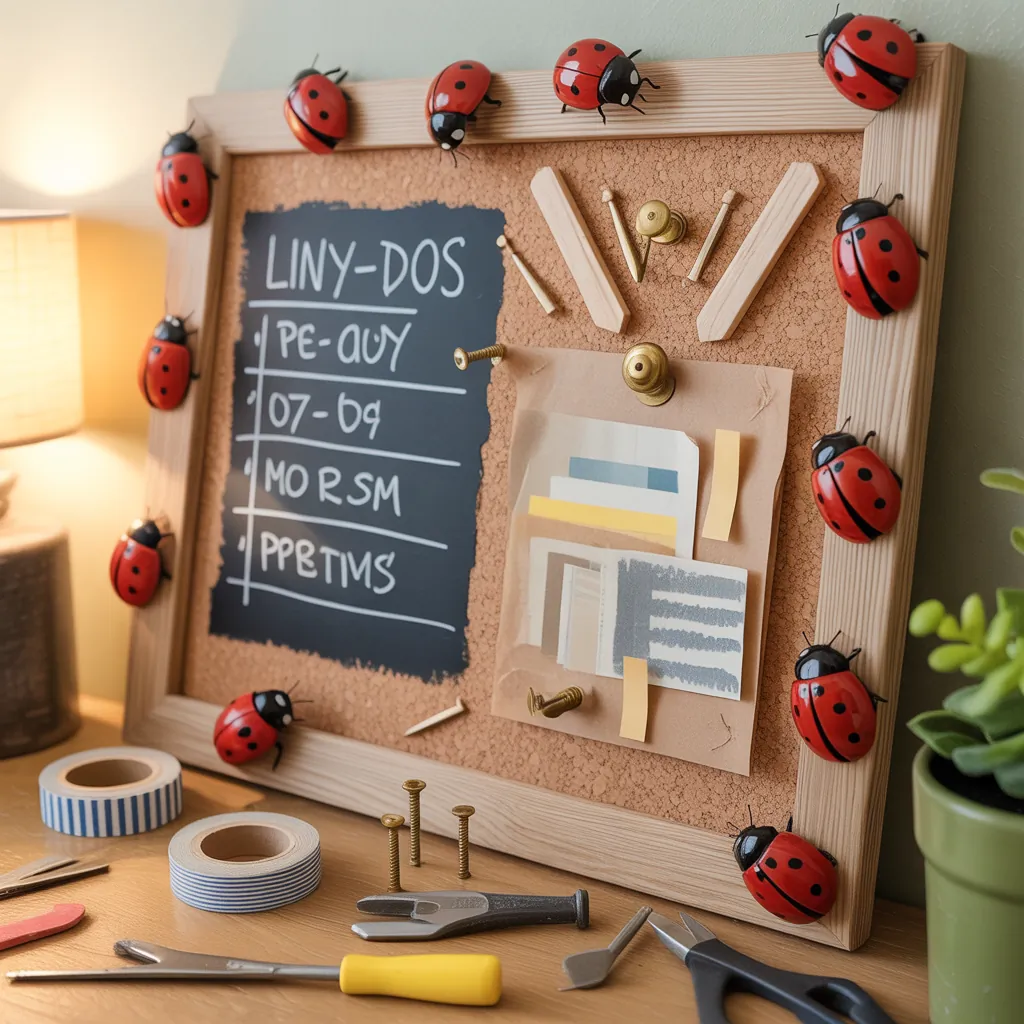Ever fumble for keys while juggling a coffee, a backpack, and a pair of shoes at the front door? If your foyer feels more like an obstacle course than a welcoming transition, you’re not alone. Simple, practical ideas for entryway organization can change morning routines, reduce stress, and make your home feel tidy the moment you step inside.
Why a Well-Organized Entryway Matters
The entryway — or foyer, mudroom, or hallway — is your home’s first impression and a functional hub for daily life. A thoughtful entryway organization strategy creates a drop zone for essentials, saves time, protects surfaces, and keeps clutter from migrating into living areas. Whether you have a large mudroom or a tiny apartment hallway, small entryway storage solutions make a big difference.
Top ideas for entryway organization
Create a dedicated drop zone
Designate one compact area for keys, wallets, mail, and backpacks. A small wall-mounted shelf with a shallow tray and a key hook can reduce countertop clutter.
- Materials: floating shelf, small tray, sticky-backed felt pads.
- Placement tip: install at hip height near the door so items are easy to grab.
- Quick setup: drill two screws, hang shelf, add tray and a decorative bowl for loose change.
Build a DIY entryway bench with storage (step-by-step)
A bench with cubbies or a lift-up seat is both seating and hidden storage — perfect for shoes, hats, or kid gear.
- Measure the space: account for door swing and walkway clearance (allow at least 30–36 inches of walking space).
- Choose materials: plywood for the box, 1x boards for trim, outdoor-grade screws, and hinges if you want a lift seat.
- Cut and assemble: build a rectangular box, attach a top with piano hinges for lift storage, and add vertical dividers for shoe cubbies.
- Finish: sand, prime, and paint or stain. Add cushions or slipcover for comfort.
Pro tip: repurpose an old dresser or pallet to save money and add character.
Maximize vertical space with wall storage
When floor space is limited, think up. Vertical storage options include pegboards, wall cubbies, rails with hooks, and shallow shelving. These solutions keep items off the floor and create a tidy visual line.
Shoe storage solutions for small entryways
Common options for apartments and narrow hallways:
- Slim shoe cabinets (shoe cubbies): narrow depth, doors hide clutter.
- Over-the-door organizers: great if you lack wall space.
- Stackable clear bins labeled by season or family member.
Hook it up — coat hooks and wall-mounted organizers
Install staggered hooks for coats, backpacks, and dog leashes at varying heights so kids can use them too. A rail with movable hooks provides flexibility as needs change.
Use baskets, bins, and labeling
Baskets hide loose items and add texture. Assign one basket per person for scarves, gloves, and hats. Use simple labels (chalkboard, printable tags) to keep things organized and teach kids where to put items.
Design inspiration: style meets function
Decide on an aesthetic that suits your home:
- Scandinavian/minimalist: light tones, slim furniture, hidden storage.
- Farmhouse: distressed bench, woven baskets, oversized hooks.
- Modern: glossy console, geometric mirror, monochrome rug.
Mix durable materials (rubber-backed rugs, washable cushion covers) with attractive accessories like a statement mirror to make the space feel larger and brighter.
Practical tips and real-world advice
Small changes often have the biggest impact. Here are tested tips from DIYers and home improvement pros:
- Measure before buying: measure width, depth, and door swing to avoid returns.
- Zone by use: create quick-grab, outgoing, and incoming zones for items that need different workflows.
- Seasonal rotation: use labeled bins for seasonal gear — swap winter boots for sandals as weather changes.
- Maintain weekly: take 5 minutes each week to remove accumulated mail, return stray items, and reset baskets.
- Ventilate shoe storage: small holes or breathable baskets prevent odor buildup.
Budget-friendly DIY remodel ideas
- Paint an accent wall and add a mirror to visually expand the space.
- Upcycle secondhand furniture into a functional console or bench.
- Install peel-and-stick backsplash tiles behind a console for easy cleanup and color.
How to choose materials and tools
For DIY entryway furniture, basic tools are usually enough: drill/driver, circular saw or jigsaw, measuring tape, level, and clamps. Choose materials suited to traffic and moisture — hardwood plywood for long-lasting pieces, solid wood trim for durability, and water-resistant paint in high-traffic areas.
Frequently Asked Questions
How can I organize a small entryway?
Prioritize vertical storage and multifunctional furniture: a slim shoe cabinet, wall hooks, and a narrow console with drawers can maximize storage without crowding the walkway. Use light colors and mirrors to make the area feel larger.
What essentials should every entryway have?
Basics include a place to sit (bench or small stool), storage for shoes, hooks or a coat rack, a small tray or bowl for keys and wallet, and a doormat to trap dirt. Add a mirror and good lighting for convenience.
How do I keep my entryway organized long-term?
Set simple routines: empty pockets into a designated tray, put shoes in their cubbies immediately, and do a five-minute reset daily. Use labeled storage and involve family members by assigning individual baskets or hooks.
Conclusion — Start your entryway makeover today
Transforming your foyer doesn’t require a full renovation. With thoughtful ideas for entryway organization, a few DIY projects, and smart storage choices, you can create a functional, beautiful entry that supports daily life. Pick one small upgrade this weekend — build a storage bench, install hooks, or add labeled baskets — and see how much easier mornings feel. Ready to try a project? Check out our DIY projects for step-by-step guides or browse home design ideas for inspiration. Share your before-and-after photos or ask a question in the comments — I’d love to help you customize a plan for your space.



